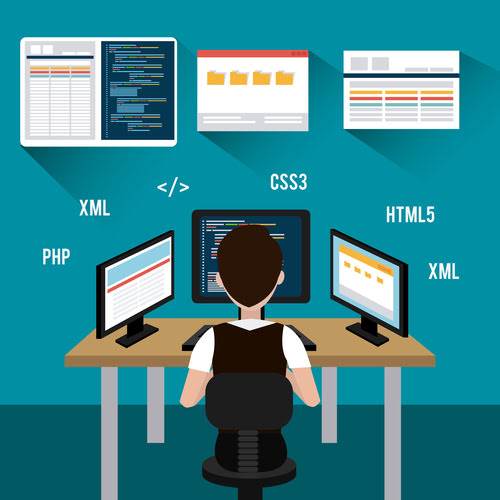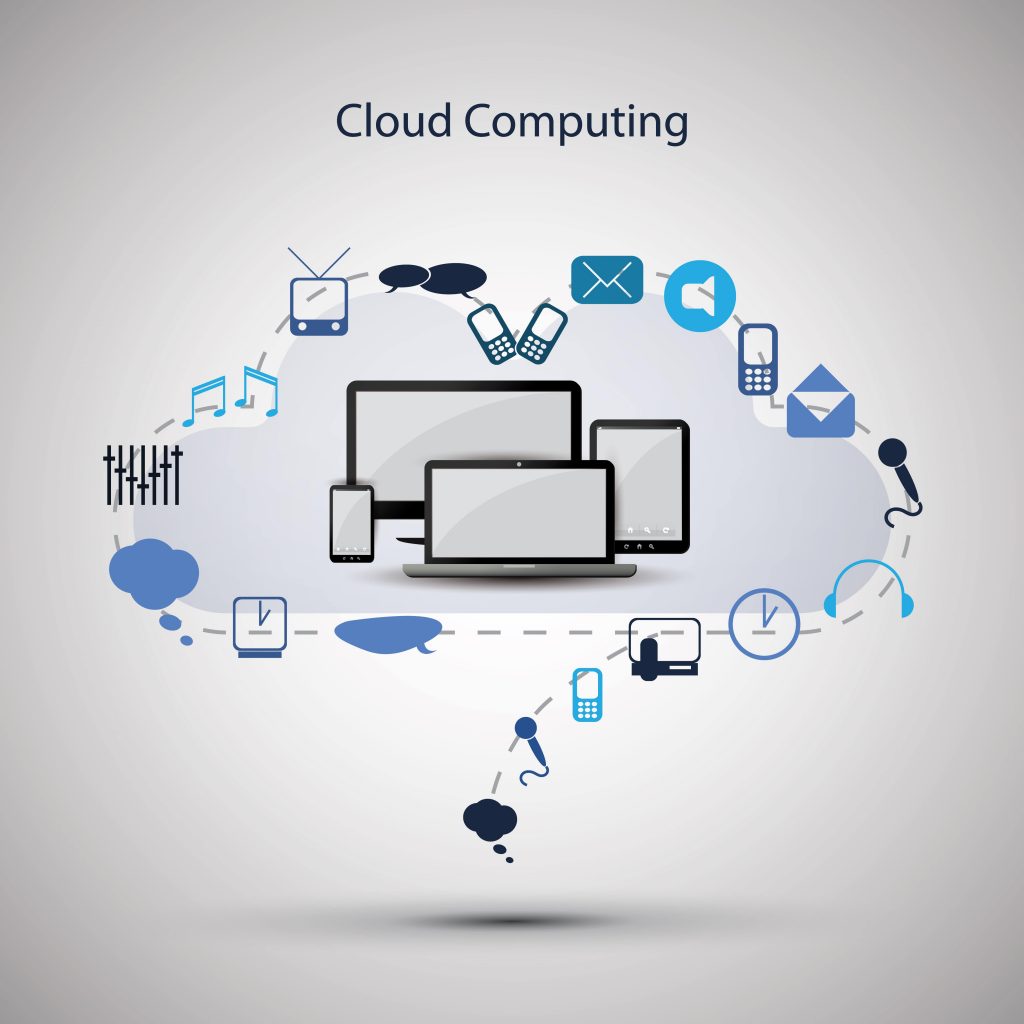Содержание
Often, embedded systems are used in real-time operating environments and use a real-time operating system to communicate with the hardware. In these instances, stripped-down versions of the Linux operating system are commonly deployed, although other OSes have been pared down to run on embedded systems, including Embedded Java and Windows IoT . These may contain embedded systems like sensors and control mechanisms. Medical equipment, such as industrial machines, also must be very user-friendly so that human health isn’t jeopardized by preventable machine mistakes. This means they’ll often include a more complex OS and GUI designed for an appropriate UI. Numerous microcontrollers have been developed for embedded systems use.
An embedded system is a computer system with a dedicated function within a larger mechanical or electrical system, often with real-time computing constraints. It is embedded as part of a complete device often including hardware and mechanical parts. By contrast, a general-purpose computer, such as a personal computer, is designed to be flexible and to meet a wide range of end-user needs. Embedded systems contain processing cores that are either microcontrollers or digital signal processors. A processor is an important unit in the embedded system hardware.
Software components are essential building blocks of embedded systems. Embedded software written for Device drivers, Operating system, Application Software, Error handling, and debugging software. The output devices are the indications or results that occur due to input events from outside the microcontroller. Examples of output devices are LCD, Touch screen, LED, Motors, Seven segment displays, Buzzer, Relays, etc.

The complexity of these systems varies from low to high having peripherals, networks mounted with a huge rack of equipment. Every embedded system is different and designed explicitly for its tasks; As a result, programming an embedded system is complicated and unique and needs a master programmer. Therefore, embedded systems are primarily programmed via C or C++. Microwave ovens are standalone embedded systems, but they aren’t portable or small to be considered mobile embedded systems. Mobile embedded systems like POS machines are smaller, portable, and they only work via a network. Here We will divide embedded systems upon their programs, design, performance, and functions.
Heavy Ai Data Integration
Most of the products in your home are embedded which gives excellent experience and comfort to the user. Examples are Home Security system, Setup Box, Digital Camera, Television, Microwave Oven, Air cooler, Refrigerator, and much more. Here are some of the key differences between General purpose operating system and Embedded operating system. Memory − It must have a memory, as its software usually embeds in ROM. These systems are connected with networks that could be LAN, WAN or the internet.
- These motes are completely self-contained and will typically run off a battery source for years before the batteries need to be changed or charged.
- If an embedded system has to operate for a specific time, without any delay in the output/input, are termed as Real-Time Embedded Systems.
- The processor interprets this data with the help of minimal software stored on the memory.
- New designs of high performance embedded processors have more and more functions on a single chip to reduce space and power consumption.
- Although in this context an embedded system is usually more complex than a traditional solution, most of the complexity is contained within the microcontroller itself.
- In these types of embedded systems, the timeline, as well as the processes, must not be missed.
This embedded system can be designed with a single 8 or 16-bit microcontroller. For developing small scale embedded system, an editor, assembler, , and cross assembler are the most vital programming tools. Embedded System is a combination of computer software https://globalcloudteam.com/ and hardware which is either fixed in capability or programmable. An embedded system can be either an independent system, or it can be a part of a large system. It is mostly designed for a specific function or functions within a larger system.
Are We Missing A Good Definition For Embedded System? Don’t Keep It To Yourself
A higher bit processor is required in the embedded system which has large applications. Here, the processor is required to be very fast with a minimum price and performance which must be up to the mark. This facilitates the fast performance of the functions in the embedded system.

The devices may be a smartphone, smart watches, smart home devices, medical equipment, security alarms, IoT products, etc. It has Real Time Operating system that supervises the application software and provide mechanism to let the processor run a process as per scheduling by following a plan to control the latencies. An Embedded Software is a piece of programming code, has to be uploaded in ROM(read-only memory) of the Embedded Controller & enables the embedded system to perform specific tasks. We will also have a look at Embedded Systems definition, examples, applications, types & development. For most of you, this term would have been quite familiar & normally people confuse it with a computer or Industrial PC etc. A computer is an application of high-performance Embedded computing but it’s not an embedded system itself.
Microprocessors are very similar to microcontrollers and, typically, refer to a CPU that is integrated with other basic computing components such as memory chips and digital signal processors . An embedded system is a combination What is an embedded system of computer hardware and software designed for a specific function. Consumer electronics include MP3 players, television sets, mobile phones, video game consoles, digital cameras, GPS receivers, and printers.
In the RTOS category, the availability of the additional software components depends upon the commercial offering. ASIC implementations are common for very-high-volume embedded systems like mobile phones and smartphones. ASIC or FPGA implementations may be used for not-so-high-volume embedded systems with special needs in kind of signal processing performance, interfaces and reliability, like in avionics. A system which is essential to finish its task and send its service on time, then only it said to be a real time operating system. RTOS controls the application software and affords a device to allow the processor run.
A communication port is a type of interface which is used for communicating with various other types of embedded systems. An embedded system comprises numerous types of communication ports such as USB, Ethernet, UART, RS-485, and many more. There is a requirement of delay in some of the applications such as in the LED display.
Architecture Of The Embedded System
These processors are capable of acting both as a microprocessor and a microcontroller. The processor may be a 16-bit processor, an 8-bit processor, or a 32-bit processor. The lesser bit indicates that the requirement of smaller applications in the embedded system. Real-time embedded systems are required when there is a need for output at a specific time.
These systems are highly reliable and stable with the capability to perform specific tasks. Examples of embedded systems include digital watches, electronic calculators, GPS systems, central heating systems, engine management systems, dishwashers, digital phones, and televisions. The input is processed either through conversion or calculation. Once the analog value is converted into a digital output, there arises a requirement to control by using the output devices. On the basis of the microcontroller, these systems may be classified as small-scale embedded systems, medium-scale embedded systems, and sophisticated embedded systems.
Network Embedded Systems works via a wired or wireless connection to communicate with host and server devices; provide input data to the host, and then provide output results to users. In many instances, however, programmers need tools that attach a separate debugging system to the target system via a serial or other port. In this scenario, the programmer can see the source code on the screen of a general-purpose computer, just as would be the case in the debugging of software on a desktop computer. A separate, frequently used approach is to run software on a PC that emulates the physical chip in software. This is essentially making it possible to debug the performance of the software as if it were running on an actual physical chip.
In preference to being saved on a disc, where many applications can be stored, the single programmed for an embedded gadget is usually saved on the chip and its miles called firmware. Amazing processors utilized in embedded systems are microprocessor, virtual sign processor, microcontroller, RISC processor, ASIP processor, arm processor and ASSP processor. In user interface design it depends on user requirements, environment analysis and function of the system. For example, on a mobile phone if we want to reduce the power consumption of mobile phones we take care of other parameters, so that power consumption can be reduced. Many of you confuse between the two words, but there is a primary difference between the Microprocessor and Microcontroller in embedded CPU. A general-purpose CPU in a computer like a Microprocessor has external peripherals (Real-time Clock, USB, Ethernet, HDMI etc.) physically connected to it and are visible outside.

It requires generalized abstractions between the application program logic itself and the low-level system interfaces. Is it a change for better or worse to live in a world in which devices know more about you than you yourself do and where machines can control practically everything? We don’t know the answer, but we know that progress can’t be stopped. We should adapt to the new reality where the development of embedded systems has become a must for businesses and everyday life. The software program for embedded systems is usually called firmware.
System On Chip Soc
These are further divided into two categories which are hard real-time and soft embedded systems. They can contain embedded systems, like sensors, and can be embedded systems themselves. Industrial machines often have embedded automation systems that perform specific monitoring and control functions. Embedded system applications range from digital watches and microwaves to hybrid vehicles and avionics.

The expected growth is partially due to the continued investmentin artificial intelligence , mobile computing and the need for chips designed for high-level processing. Embedded systems programming instructions, referred to as firmware, are stored in read-only memory or flash memory chips, running with limited computer hardware resources. Embedded systems connect with the outside world through peripherals, linking input and output devices. However, most ready-made embedded systems boards are not PC-centered and do not use the ISA or PCI busses. Embedded systems are used for safety-critical systems in aerospace and defense industries. Unless connected to wired or wireless networks via on-chip 3G cellular or other methods for IoT monitoring and control purposes, these systems can be isolated from hacking and thus be more secure.
Operating System Os
In this layer, all the components are integrated into the system and tested whether its meeting designers, expectations. Proper specifications are to be made so that the customer who uses the product can go through the specification of the product and use it without any confusion. Designers mainly focus on specifications like hardware, design constraints, life cycle period, resultant system behavior. Architectural description language is used to describe the software design. Extra functions to be implemented are to be understood completely from the main design.
Small Scale Embedded Systems:
MOS chips further increased in complexity at a rate predicted by Moore’s law, leading to large-scale integration with hundreds of transistors on a single MOS chip by the late 1960s. Often they constitute subsystems of other machines like avionics in aircraft and astrionics in spacecraft. Large installations like factories, pipelines and electrical grids rely on multiple embedded systems networked together. Generalized through software customization, embedded systems such as programmable logic controllers frequently comprise their functional units. Since the embedded system is dedicated to specific tasks, design engineers can optimize it to reduce the size and cost of the product and increase its reliability and performance. Tightly constrained − All computing systems have constraints on design metrics, but those on an embedded system can be especially tight.
What Is An Embedded System ???
Embedded systems are typically produced on broad scales and share functionalities across a variety of environments and applications. Real-time operating systems often support tracing of operating system events. A graphical view is presented by a host PC tool, based on a recording of the system behavior. The trace recording can be performed in software, by the RTOS, or by special tracing hardware.
